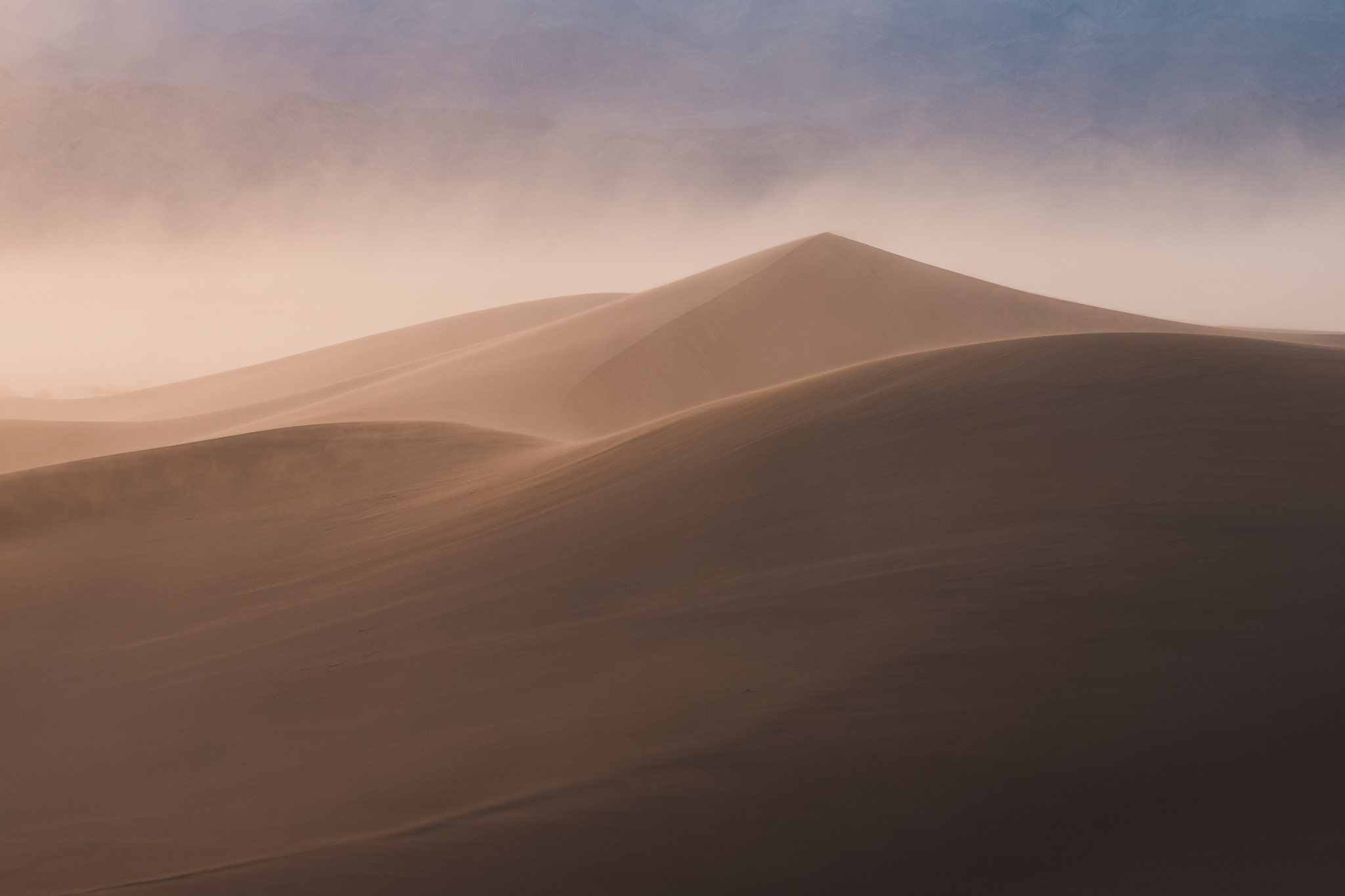dwclawson21
New member
I started my photography journey photographing landscapes and still do. I love photographing nature, but there's something about wildlife that burns my blood. I got my first coyote image last year and I was hooked. Since then, I've been looking for the next rush. I've upgraded my camera and lens since then but still have no idea what settings to use. I find myself reading more and more trying to apply what I read, then going out and not getting the same results. I use a Canon 7D Mark II with a 100-400 lens, I was in AV mode but read that I needed to use TV mode (shutter mode) so I switched. This morning, in low light had the perfect opportunity to photograph a coyote but unless I crank my ISO all the way up and basically destroy the image I didn't get the shot off. Any ideas?




